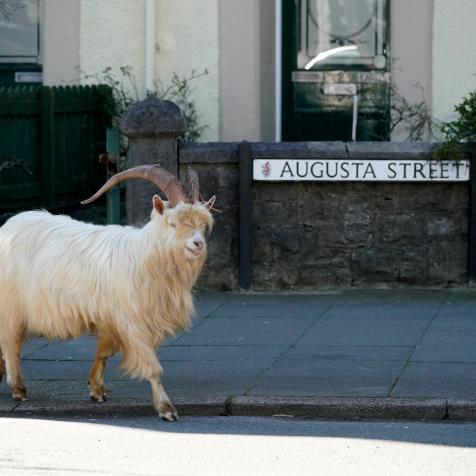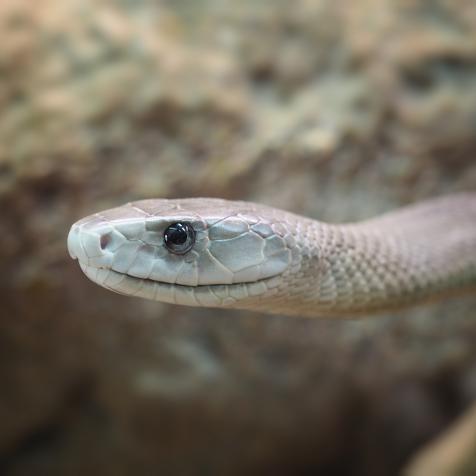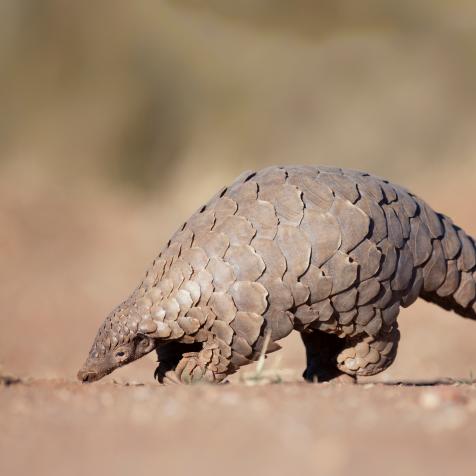
ROBYN BECK
How the West Coast’s Wildfires Could Irrevocably Change Wildlife
Wildfires have swept across the West Coast of America this year with devastating consequences. Burning millions of acres of land in their wake, the fires have not just wreaked havoc on forests, but could have a long-lasting impact on numerous wildlife species too.
The biggest effect wildfires have on wildlife habitats is by altering the three key things that animals need to survive: food, water, and shelter.
“Tender understory plants and shrubs that provide food are lost, and this loss often results in wildlife moving away to areas where food, water, and shelter are more readily available,” a paper written by Yvonne Barkley, associate extension forester at the University of Idaho noted.
“When large animal mortality does occur, it is usually from smoke inhalation in very large, very fast-moving fires,” she added. “Wildfires burning during the nesting season are most damaging.”
Pacific Northwestern Trauma

San Francisco Chronicle/Hearst Newspapers via Getty Images
Smaller mammals and many birds leave their habitat, while reptiles can avoid the direct effect by burrowing into the soil. It’s the larger animals with limited mobility that live above ground who are most vulnerable to fire-caused injury and death.
Fish and other aquatic organisms can find themselves without any livable habitat at all, as runoff from fires impact water chemistry, rendering lakes and ponds unlivable. Fish moving away or even dying off following fires are not uncommon.
According to the Oregon Department of Fish & Wildlife, it is too early to say just how this year’s 17 fires in the state will have impacted fish and wildlife populations.
One blaze alone — the Lionshead Fire — burned more than 200,000 acres, and some fires continue to burn.
“ODFW will be assessing the impact in the coming weeks and months,” a statement from the department said.
The Damage is Done in CA

MediaNews Group/Orange County Register via Getty Images
In California, more than four million acres have burned. Large animals even received treatment for their burns, such as one 370-pound black bear injured in the North Complex Fire.
So many animals were injured that the California Department of Fish and Wildlife teamed up with the UC Davis School of Veterinary Medicine to create a program to help them, called the Wildlife Disaster Network.
Scientists had to get creative and employed innovative treatments such as a bandage made from fish skin that protects burn wounds and accelerates healing.
Another animal, “Captain Cal”, a mountain lion kitten was found burned, underweight, dehydrated, and with multiple infections. He was treated at Oakland Zoo, which is also part of the network.
Dr Alex Herman, who works at the zoo, described the damage to wildlife as “catastrophic”.
"I think Captain Cal's situation is such a visible, tangible, poignant reminder of the climate change crisis that we're in California right now,” he said. “And a reminder to all of us that there's a lot we can do and we can really mobilize to address this situation."
Even if animals do survive, when they return to their habitat, it can be difficult for them to survive, and so may migrate elsewhere.
However, wildfires can benefit some species that depend on young forest habitat, which will come in the aftermath of fire destruction.
Species such as woodpeckers, reptiles, deer, elk, and bears can thrive — and even increase in numbers — following a fire.
But, as Oregon’s wildlife department pointed out, only time will tell.


















